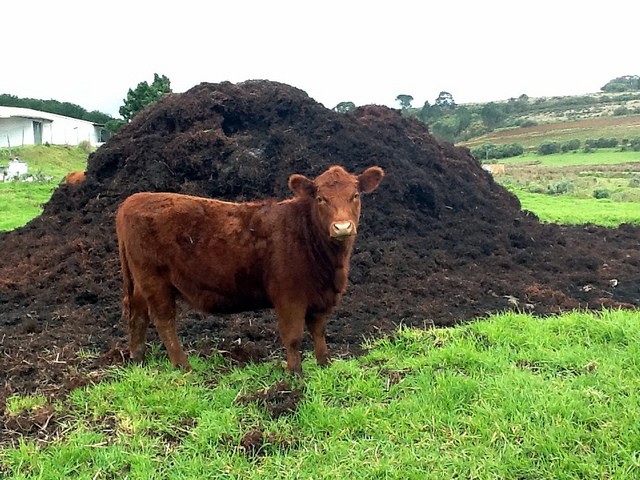A study published in the Proceedings of the National Academy of Sciences on Monday has blamed the problems of non-fertilization of ecosystems around the world on the absence of large sea and land mammals whose poops had been enriching soils and waters before their gradual extinctions.
Most ecosystems rely on the poops from large water and land mammals for natural fertilization, but the demise of the large mammals have been making water and land ecosystems unstable in terms of inadequate fertilizations.
The last mass extinction of large animals coupled with their continued population declines today is depriving ecosystems of animal dung, urine, decomposing bodies after death for manure - sources of natural fertilization for the ecosystems.
These extinct or declining large animals include whales, mammoths, mastodons, ground sloths, rhinos, large armadillos, large seabirds and migrating fish such as salmon who spread nutrients across oceans and rivers and inland waters by moving up and down - thereby fertilizing the Earth for other animals and natural productivity.
"In the past, abundant large free-ranging animals made nutrients more evenly distributed, thus increasing global fertility," said Christopher Doughty, an ecologist with the University of Oxford.
When large animals travel long distances between different ecosystems, they transport and spread nutrients which are recycled for the use of the ecosystems, boosting their productivity - these include phosphorus and nitrogen among others. The ability and gain of spreading nutrients to far-off zones has dropped to 6% of what it used to be before.
"In a sense, Earth was a land of giants before humans colonized the planet," University of Vermont conservation biologist Joe Roman said.
Climate change and large-scale hunting caused about 150 species of large animals to go extinct about 10,000 years ago. Only nine species remain out of the sixteen elephant species, nine rhinoceros species, and eight giant sloth species among 48 large mammals living during the Ice Age.
"Great whales such as humpbacks, blue whales and sperm whales often dive deep to feed, coming to the surface to breathe and digest. They also defecate, or poop, at this time, releasing important nutrients such as nitrogen and phosphorous. These nutrients can enhance the growth of algae, invertebrates even fish," Roman said.



























